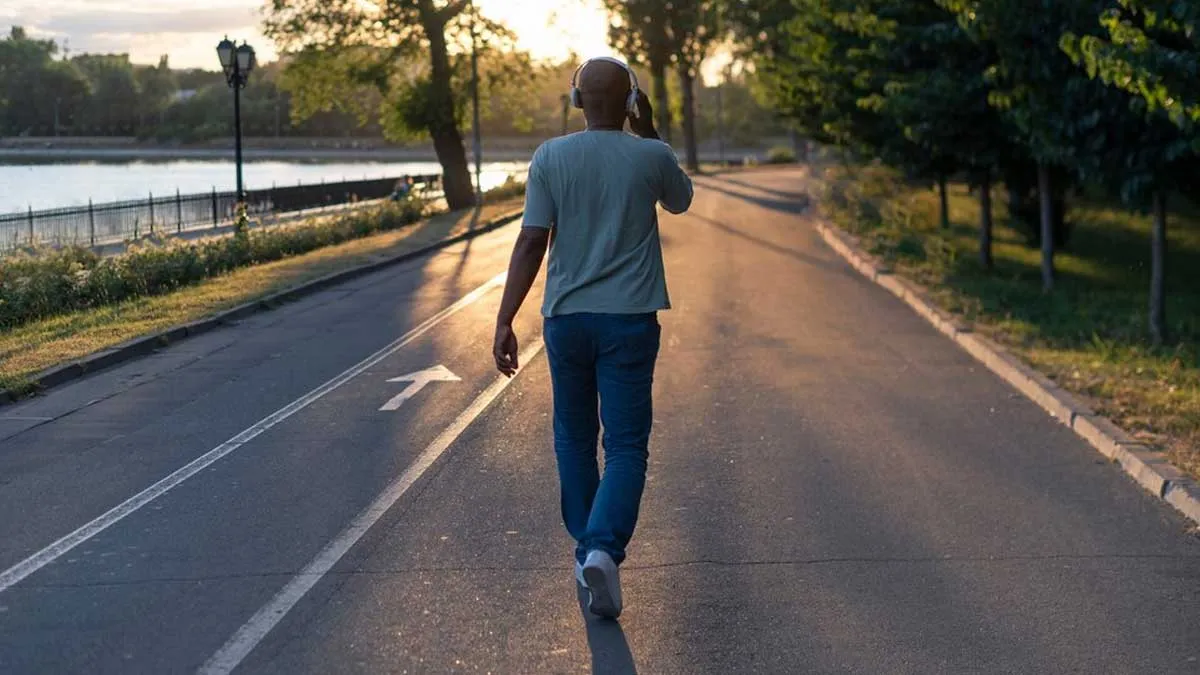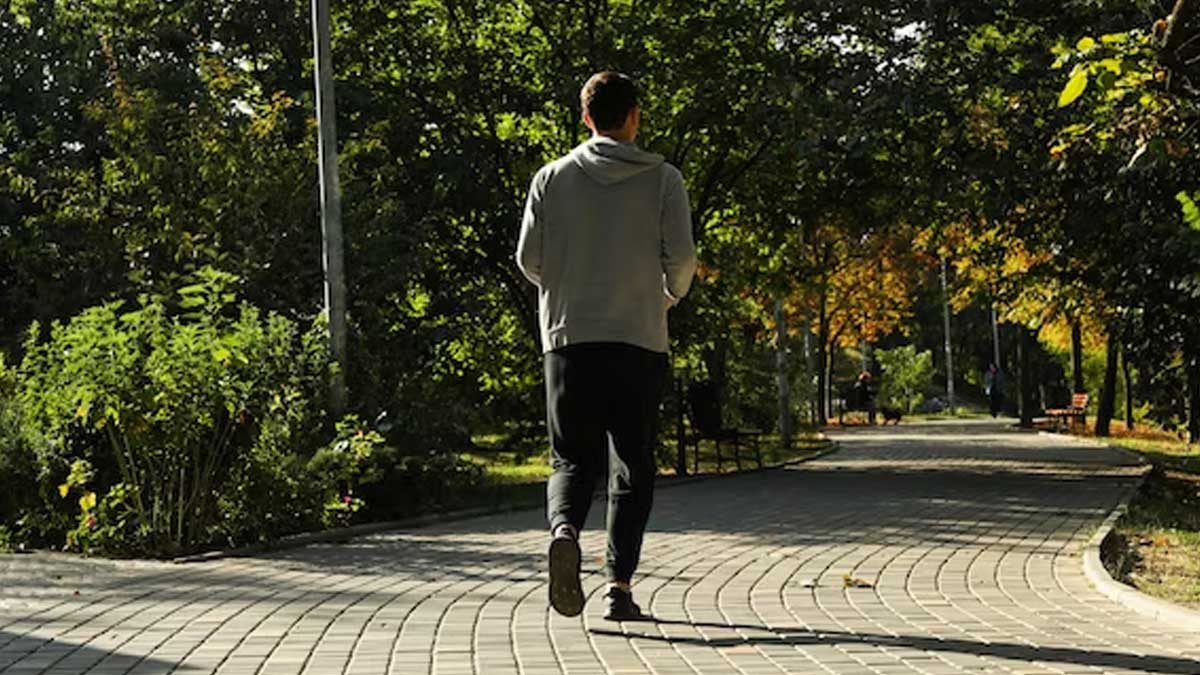
In the ever-evolving landscape of fitness trends, sometimes the most innovative approaches involve looking backward – literally. Enter "retro walking," or walking backward. While it might turn a few heads in the park, this unconventional exercise is gaining traction for its surprising array of potential health benefits. So, what exactly is retro walking, and could incorporating it into your routine be a step in the right direction for your well-being?
Table of Content:-
What is Retro Walking?
Simply put, retro walking involves walking backward instead of forward. According to our expert Kapil Dace, Director of Sports, Sharda University - Noida, it's not about moonwalking for style points, but rather a deliberate and controlled movement that engages your muscles and body in a different way than traditional ambulation. You can practice retro walking on a flat, safe surface like a track, a quiet sidewalk, or even indoors on a treadmill (with caution and supervision).

How Retro Walking Can Benefit Your Health
While it might seem counterintuitive, walking backward can offer a unique set of advantages for your physical and even cognitive health:
- Enhanced Muscle Engagement: When you walk backward, you engage different muscle groups compared to forward walking. It particularly activates the quadriceps (front of the thighs), shins (tibialis anterior), and core muscles to a greater extent. This can contribute to more balanced muscle development and potentially improve stability.
- Improved Knee Health: Studies have suggested that retro walking can reduce stress on the knee joint. The backward motion can decrease the compressive forces on the patellofemoral joint (where the kneecap meets the thighbone), potentially offering relief for individuals with certain knee conditions like osteoarthritis or patellofemoral pain syndrome.
- Increased Calorie Burn: Due to the increased muscle activation and the need for greater balance and coordination, retro walking can actually burn more calories than walking at the same pace forward. This makes it a potentially effective tool for weight management.
- Boosted Balance and Proprioception: Walking backward challenges your balance and spatial awareness (proprioception) in new ways. Your body has to work harder to maintain stability without the usual visual cues. Regular retro walking can improve your balance, coordination, and reduce the risk of falls, especially as you age.
- Potential for Pain Relief: Some individuals have reported that retro walking can help alleviate certain types of back and foot pain. The altered muscle activation and reduced impact on certain joints might contribute to this benefit.
- Cognitive Benefits: Engaging in a novel movement like retro walking can stimulate your brain. It requires increased focus and attention, potentially improving cognitive function and spatial awareness.
- Rehabilitation Tool: Physical therapists sometimes incorporate retro walking into rehabilitation programs for various injuries, particularly those affecting the lower limbs. The low-impact nature and specific muscle engagement can aid in recovery and strengthening.
Also Read: Chris Martin On Depression: Here's How The Lead Coldplay Singer Copes With Mental Health Struggles

Getting Started with Retro Walking
While the benefits are promising, safety is paramount when trying retro walking:
- Start Slow and Steady: Begin with short durations (e.g., 5-10 minutes) and low intensity. Gradually increase the time and pace as you become more comfortable.
- Find a Safe Environment: Choose a flat, obstacle-free area where you are unlikely to trip or fall. Avoid uneven surfaces, potholes, or crowded spaces.
- Maintain Good Posture: Keep your back straight, head up, and eyes focused on your surroundings (glancing backward periodically).
- Use Your Senses: Pay close attention to how your body feels. If you experience any pain, stop immediately.
- Consider Assistance: If you are new to retro walking or have balance issues, consider holding onto a stable object like a wall or railing, or having a spotter.
- Listen to Your Body: Don't push yourself too hard, especially in the beginning. Allow your body time to adapt to this new movement pattern.
- Footwear Matters: Wear supportive and comfortable shoes with good traction.
Incorporating Retro Walking into Your Routine
You don't need to ditch your regular walks entirely. Retro walking can be incorporated in several ways:
- Short Bursts: Include short intervals of retro walking (e.g., 30 seconds to 1 minute) during your regular forward walks.
- Dedicated Sessions: Dedicate a specific portion of your workout to retro walking, gradually increasing the duration.
- Treadmill Variation: If you have access to a treadmill, you can carefully practice retro walking at a slow speed, holding onto the handrails for support.
- As Part of a Circuit: Integrate retro walking into a circuit training routine that includes other exercises.
Is Retro Walking Right for You?
Retro walking offers a unique and potentially beneficial addition to your fitness regimen. Its ability to engage different muscles, reduce knee stress, improve balance, and even offer cognitive benefits makes it an intriguing exercise to consider. However, safety should always be your top priority. Start slowly, choose safe environments, and listen to your body.
While it might not replace traditional forward walking entirely, incorporating retro walking into your routine could be a surprising and effective way to step up your health and wellness journey. So, why not take a step back and see how moving backward can help you move forward in your overall well-being? Just remember to look where you're going – even when you're going the other way!
Also watch this video
How we keep this article up to date:
We work with experts and keep a close eye on the latest in health and wellness. Whenever there is a new research or helpful information, we update our articles with accurate and useful advice.
Current Version